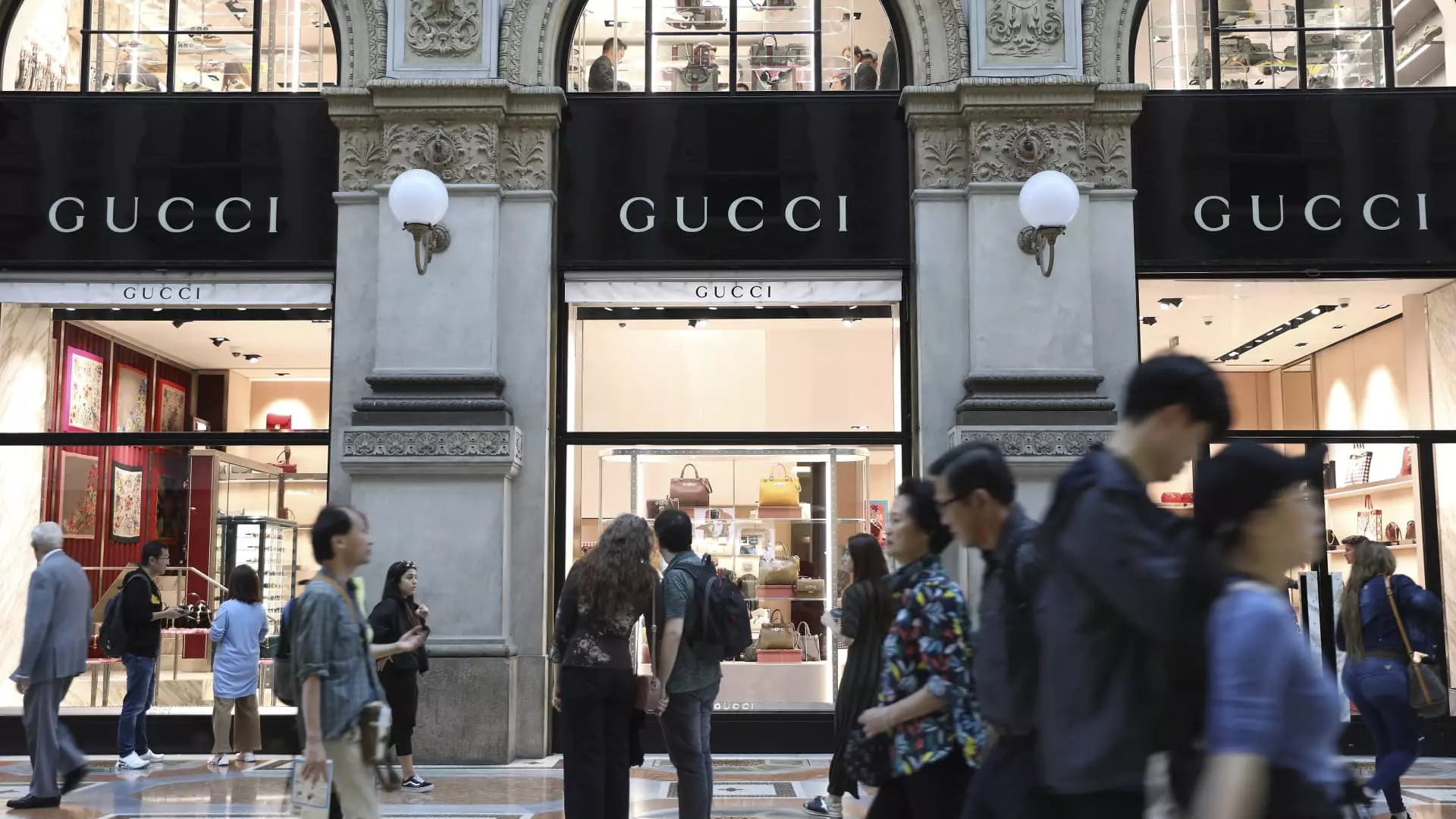The luxury sector in Europe has recently shown encouraging signs of recovery, particularly after an optimistic earnings season. Several notable brands, including iconic names like Hermes and Kering, have managed to exceed quarterly expectations, stirring up speculation about a sweeping turnaround within the industry. Despite facing a particularly tough 2024—the worst year many in the sector have experienced—the outlook for 2025 seems more promising. Analysts believe a normalization in luxury spending could emerge, especially in the latter half of the year, as consumer confidence gradually rebounds.
Hermes, renowned for its exquisite Birkin bags, reported remarkable fourth-quarter sales earlier this month, solidifying its position at the forefront of luxury retail. Other stalwarts of the industry like LVMH and Gucci’s parent company, Kering, also demonstrated resilient performance during this reporting season. Notably, the impressive sales figures from Richemont—owner of Cartier—further fueled optimism, indicating a potential cyclical recovery driven mainly by robust demand from American and European consumers.
Despite the promising results from various European luxury brands, a critical concern looms: the ongoing weakness in the Chinese market, traditionally a cornerstone for global luxury sales. China has been a key driver of revenue growth in the luxury sector, and any signs of stagnation can ripple through the entire industry. Recent quarterly reports from L’Oreal and Kering’s Gucci spotlighted significant declines in their Chinese sales figures, raising alarms about the long-term sustainability of the luxury boom.
The potential re-imposition of U.S. tariffs, under the previous administration of Trump, adds another layer of uncertainty. Trade relations between the U.S. and Europe have been fragile, with fears that increased duties on European luxury goods could dampen consumer spending. Analysts warn that should tariffs materialize, firms may resort to raising prices to offset additional costs, a strategy that could lead to reduced sales as consumers become more selective in their purchases.
Strategic Decisions Amidst Financial Pressures
The interplay between pricing strategy and market demand has never been more critical for luxury brands. Zuzanna Pusz from UBS pointed out that while some brands have successfully navigated price hikes in the past, significant tariff fees could severely challenge this model. With many consumers already feeling the pinch of inflation, the notion of further elevating luxury prices could dissuade customers from purchasing altogether, forcing brands to carefully evaluate their pricing strategies.
Furthermore, certain luxury firms are finding it increasingly challenging to justify their elevated price points in light of consumers’ heightened scrutiny and selective spending patterns. Carole Madjo of Barclays emphasized that consumers are opting to “buy better” rather than buying more, shifting their focus towards brands that deliver both quality and innovation. This trend has left some luxury labels vulnerable, especially those criticized for incorporating a lack of innovation or overly high pricing into their business models.
Amid these complexities, the landscape of luxury consumption is evolving, prompting a reevaluation of what luxury represents in today’s market. Simone Ragazzi of Algebris Investments underscored the changing dynamics and consumer expectations, highlighting the need for brands to adapt to remain relevant. Analysts anticipate that high-quality brands with a strong reputation will continue to flourish, while firms that fail to innovate or meet consumer desires could face significant headwinds.
The luxury market’s response to these challenges will define the coming years. While certain legacy brands like Hermes and Richemont continue to shine, others may find themselves in precarious positions. The concept of luxury goods is likely to shift further, with consumers gravitating towards brands that not only offer premium products but also embody values such as sustainability, transparency, and social responsibility.
The affluent sector in Europe is at a pivotal moment, balancing the delicate interplay of market recovery with the looming concerns of economic pressures, stagnant Chinese sales, and potential tariffs. While promising earnings reports signal hope for a turnaround, brands need to stay agile to navigate these shifting tides appropriately. Increasingly discerning consumers are redefining luxury, prioritizing innovation, and quality over mere exclusivity. Going forward, the luxury sector will need to redefine its strategies to align with the evolving expectations of a new generation of consumers, ensuring sustainable growth in a competitive marketplace.

